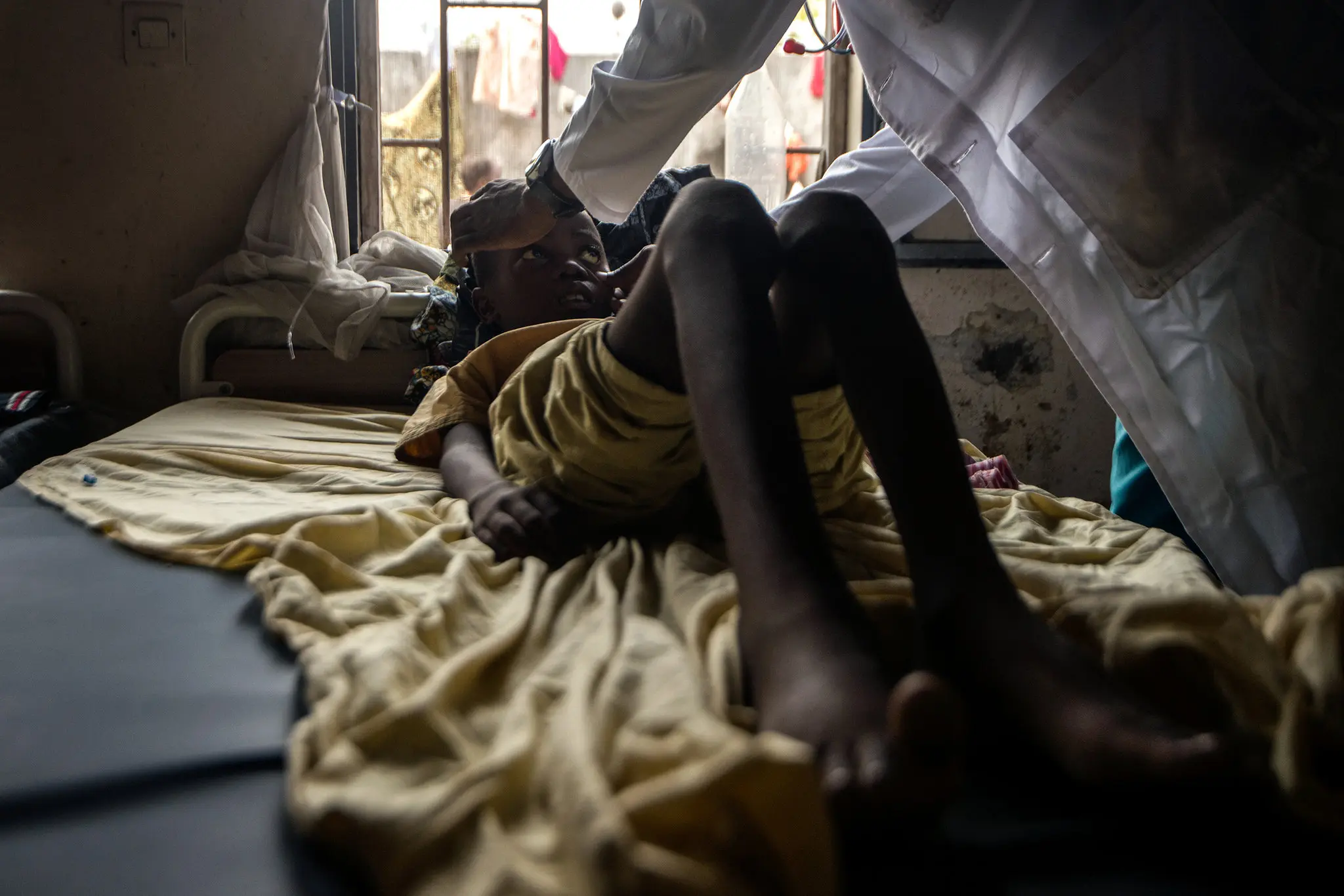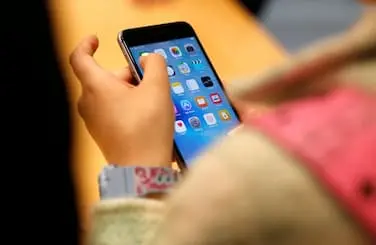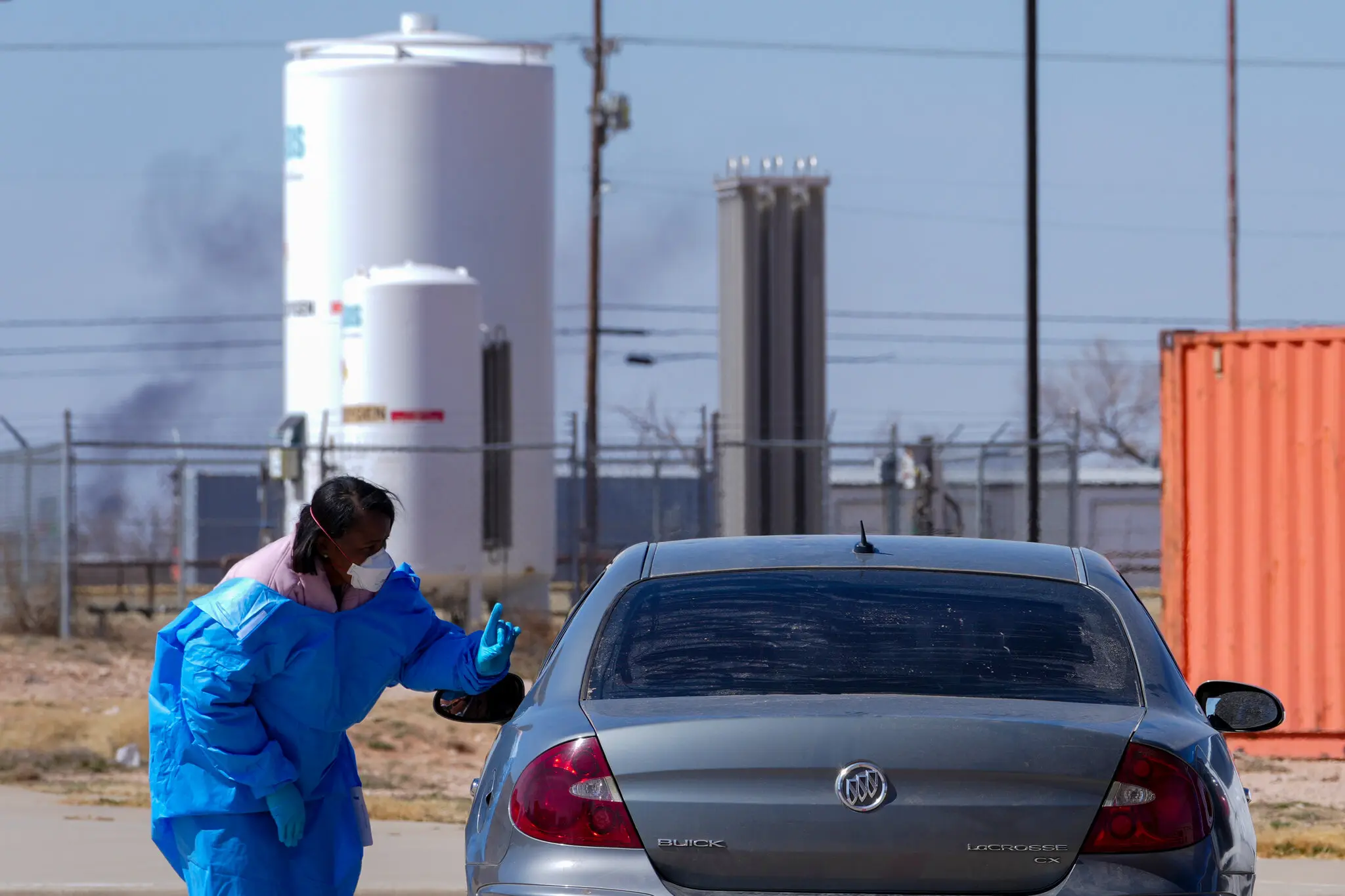Breakthrough Sickle Cell Treatment Shows Remarkable Success Across Africa
After years of neglect and limited access, a low-cost treatment for sickle cell disease is transforming care for thousands of children in Africa. The results are reshaping the outlook for a disease long considered a death sentence in the region.
In sub-Saharan Africa, where nearly 80% of global sickle cell disease (SCD) cases occur, families have long faced a grim reality: limited diagnosis, little to no treatment, and high rates of early childhood mortality. But that reality is now being rewritten, thanks to a simple, low-cost therapy that is yielding remarkable results. Across countries like Nigeria, Ghana, Uganda, and the Democratic Republic of Congo, the medication hydroxyurea—once seen as prohibitively expensive and poorly suited for African health systems—is rapidly transforming the care of children with sickle cell disease.
Described by doctors as going 'from nothing to gangbusters,' the rollout is being hailed as one of the most promising shifts in African pediatric medicine in recent years. ### The Disease That Disproportionately KillsSickle cell disease is a hereditary blood disorder that causes red blood cells to form a sickle or crescent shape. These abnormally shaped cells block blood flow, causing excruciating pain, chronic fatigue, organ damage, and a heightened risk of infections and stroke.
Without treatment, most children with severe SCD in sub-Saharan Africa die before the age of 5. According to the World Health Organization (WHO), the disease contributes to over 50% of under-five mortality in some high-prevalence countries, making it a silent but devastating crisis. Despite its high burden, sickle cell disease has historically been underfunded and under-prioritized in global health, often overshadowed by infectious diseases like malaria and HIV/AIDS.
> “For years, we had no tools, no drugs, not even proper diagnosis,” said Dr. Maureen Odongo, a pediatric hematologist in Uganda. “We were just managing pain and hoping for survival.
”### Hydroxyurea: An Old Drug, New ImpactHydroxyurea, originally developed as a cancer medication, was found in the 1990s to be highly effective in treating sickle cell disease. It works by stimulating the production of fetal hemoglobin, which helps prevent red blood cells from sickling. In high-income countries, hydroxyurea became a mainstay of care, significantly reducing pain episodes, hospitalizations, and early deaths.
But in Africa, its adoption was minimal for years—due to cost concerns, lack of awareness, and fears about long-term safety. That’s changing rapidly. Recent large-scale trials, including one funded by the National Institutes of Health (NIH) and carried out in Uganda and Nigeria, confirmed that low-dose hydroxyurea is safe, effective, and easily managed in African children, even in rural health settings.
The drug reduced severe pain episodes by over 70% and slashed hospitalization rates by more than half. > “This is the most important intervention we’ve had for sickle cell disease in Africa,” said Dr. Isaac Adeyemi, a lead investigator on the Nigerian trial.
“It’s affordable, scalable, and lifesaving. ”### From Pilot to PolicyArmed with this data, governments and health ministries are beginning to act. In 2024, Ghana added hydroxyurea to its essential medicines list, making it publicly available through national insurance schemes.
Uganda followed with its own distribution plan, targeting high-prevalence districts. The drug is now included in childhood treatment protocols in Kenya, Tanzania, and parts of Angola. Nigeria, home to the world’s largest sickle cell population, has launched a national task force to integrate hydroxyurea into primary health services.
The World Health Organization has endorsed the medication’s wider use, and partners like UNICEF, USAID, and the Bill & Melinda Gates Foundation are investing in training programs, local production, and supply chains. ### Making It Work on the GroundRolling out hydroxyurea in resource-limited settings requires more than just pills. Doctors must monitor blood counts to ensure safety.
Families must be educated about adherence. Clinics need to maintain supplies. Programs in Uganda and Nigeria are tackling these challenges with innovative solutions:- Task-shifting: Nurses and community health workers are trained to monitor and manage treatment.
- Point-of-care diagnostics: Rapid blood test machines allow on-site monitoring. - SMS reminders: Mobile systems help families track dosing and appointments. - Partnerships with faith-based clinics: Expands reach in rural and underserved areas.
In rural Ghana, a UNICEF-backed pilot project equipped 30 health posts with hydroxyurea kits, trained 60 nurses, and treated 1,000 children in under a year—with a 90% adherence rate and zero reported serious side effects. > “When families see the difference, they never miss a dose,” said nurse practitioner Abena Owusu. “Children who couldn’t walk are now running.
”### Changing Lives, One Family at a TimeFor families who have long felt helpless, the impact is personal and profound. In Uganda’s Gulu district, 6-year-old Adong used to be hospitalized every month with pain crises. Her mother, Acen, had resigned herself to constant fear.
But since starting hydroxyurea in a community program, Adong hasn’t needed a hospital visit in over a year. > “She sleeps. She plays.
She eats,” Acen said through tears. “We have peace now. ”In Nigeria, 10-year-old Michael has returned to school after years of irregular attendance due to chronic illness.
His parents credit hydroxyurea and their local health worker for “giving him his life back. ”### Challenges AheadDespite the breakthrough, challenges remain:- Supply chain fragility: Many countries still rely on imported hydroxyurea, making them vulnerable to delays. - Cost: Although significantly cheaper than in high-income countries, the cost (about $3–5/month) can still strain poor households.
- Diagnosis gap: Most children with SCD are still undiagnosed. Expanding newborn screening is essential. - Stigma and misinformation: Myths about the disease and its treatment remain widespread in some regions.
“Hydroxyurea won’t help the children we don’t reach,” said Dr. Olufemi Bayo, a public health official in Lagos. “We need to scale diagnosis just as fast as we scale treatment.
”### A Blueprint for Other Chronic Diseases?The hydroxyurea rollout is also being seen as a model for managing other chronic conditions in African contexts. By demonstrating that long-term care can be decentralized, simplified, and successful, the campaign is opening the door to broader investments in diseases like asthma, epilepsy, and type 1 diabetes. > “If we can do this for sickle cell disease,” said WHO Africa regional advisor Dr.
Helen Mutombo, “we can do it for many others. ”### Global MomentumAt the 2025 World Health Assembly, sickle cell disease was placed high on the agenda for the first time in years. Delegates from over 30 countries endorsed a new global framework focused on screening, treatment, and research in low-income settings.
Pharmaceutical companies are also stepping up. Generic hydroxyurea production is expanding in Kenya and India, and new formulations designed for pediatric use are entering trials. > “We’re finally seeing momentum,” said Dr.
Adeyemi. “What was once ignored is now being embraced. ”### Conclusion: From Hopeless to HopefulThe transformation of sickle cell care in Africa is not just a medical success—it’s a moral one.
After years of abandonment, a generation of children is now being given a chance to thrive. With continued investment, community leadership, and political will, experts believe sickle cell disease could be controlled—and perhaps one day eliminated—as a major killer in Africa. > “From nothing to gangbusters,” as one nurse put it, may become the new mantra for how Africa meets—and beats—its most persistent health challenges.
27th july 2025



